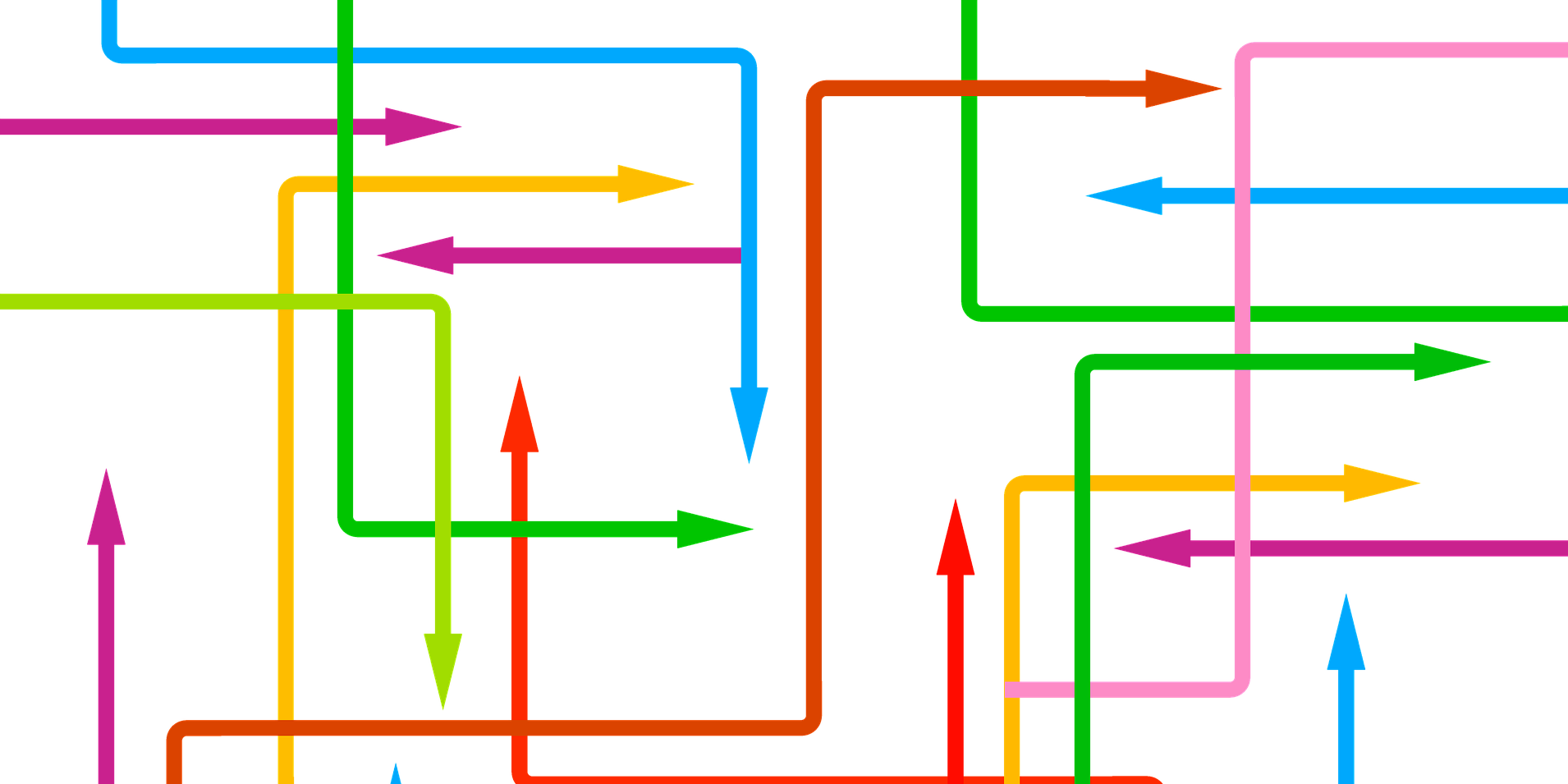By Kunal Shah, Associate Principal, ZS, and member of HSMAI’s Revenue Optimization Advisory Board
Technology is advancing at a lightning pace right now thanks to all of the innovation that has come out of the pandemic, changing how many revenue optimization professionals do their jobs. Along with being a topic of discussion at HSMAI’s ROC Americas event last month, HSMAI’s Revenue Optimization Advisory Board (ROAB) recently discussed how automation is coming into play on a recent call. Here are key takeaways from our discussion:
WHAT IS INTELLIGENT PROCESS AUTOMATION?
Intelligent process automation (IPA) is a system that mimics human action, is noninvasive, and is very quick to implement, making it a great choice for many revenue professionals to solve their problems. IPA can do things that many revenue management systems (RMS) cannot. “Where I think this could be valuable is that it almost can offer enhancement or customization to whatever your environment is, especially if you’re looking at something like portfolio management in some way,” one ROAB member said.
IPA is especially fruitful in problem solving, regardless of what area one is dealing with. By setting parameters or terms of search, IPA can mine data to identify potential problems. This allows human problem solvers to focus on solutions rather than trying to identify what is wrong.
Hoteliers shouldn’t worry about the scale of the problem when it comes to IPA; products are equally flexible when dealing with problems large or small. One ROAB member remarked that “even within IPA, there’s a spectrum of what can be done with it.”
Another ROAB member said that she found IPA to be valuable when she implemented it. “I had looked into it with one of our programs, where we had one person using a portfolio of hotels, and traditionally they would spend their morning collecting all of their reports,” the member said. “And by using IPA, they pressed a button and IPA went ahead and took all the reports, put it in a repository for them. And that freed up enough time per person that we were actually able to not only get more efficiency out of the associate, but we actually were able to reduce staff.”
WHEN TO USE IPA
ROAB members also discussed when IPA is most impactful. Companies must consider whether automating a system or simply replacing or upgrading it may be the best solution. One ROAB member suggested that when a project “crosses a certain threshold of investment that’s going to touch across the company and starts to get really big, that’s when you might want to start looking at some tech investments.”
Another issue to think about is the repercussions that come from automating a particular process. Companies should be wary of using IPA as a quick fix and should consider the downstream effects of automating a process. “IPA sometimes does something which will push the bottleneck somewhere else,” one ROAB member said. “Just think of it as a dam that you just open the dam and the water comes flowing in. Where two people might have handled it easily earlier, the increased efficiency might now necessitate a further investment, which companies may or may not be able or willing to make at this time.”
Another ROAB member added, “What I would suggest, if you’re ever going to go down this journey, is to be a little bit deliberate about choosing what automation software to use. Make sure you’re comfortable with whatever you’re building.”
With proven success on smaller projects, companies can feel more comfortable using IPA for larger projects. But whatever path a company chooses, they should build in ground rules and standardized processes, and above all, maintain a level of comfort with how they are using IPA. As one ROAB member said, “You have so many different pieces going on in these disparate ways as you scale up. But for some of these bigger things, you probably want to have some standard processes.”
As with anything, companies should approach IPA carefully, start small, consider the possible effects, and build in structure to ensure that IPA is achieving your objectives.
